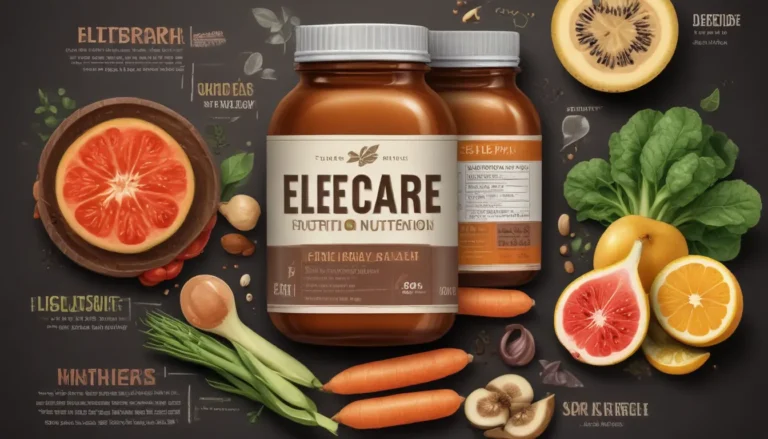The pictures in our articles might not always show exactly what the text is talking about. We use these images to make the article more interesting and eye-catching. They are there to add to the text, but not to replace it or show every detail.
Blue cheese is a beloved cheese variety renowned for its unique blue veins and bold flavor. Whether you're a cheese connoisseur or simply curious about its nutritional benefits, this article will unravel 18 fascinating facts about the nutritional value of blue cheese. Let's explore the world of blue cheese and discover its nutritional wonders!
Key Takeaways:
- Blue cheese is a delicious and nutritious addition to your diet, rich in calcium, protein, and heart-healthy fats.
- This versatile cheese pairs well with fruits, nuts, and honey, adding a gourmet touch to your dishes.
The Blue Cheese Experience:
- Blue cheese derives its signature flavor and appearance from Penicillium mold cultures added during production.
- Made primarily from cow's milk, blue cheese can also be crafted from goat's or sheep's milk, each influencing its flavor and texture uniquely.
- Packed with calcium, blue cheese supports strong bones and teeth with about 150 milligrams per ounce.
- A protein powerhouse, blue cheese provides around 6 grams of protein per serving, crucial for muscle growth and repair.
The Nutrient Boost:
- Blue cheese boasts heart-healthy monounsaturated fats, making it a guilt-free indulgence.
- Low in carbs, it's a suitable choice for those on low-carb or ketogenic diets, containing less than 1 gram of carbs per ounce.
- Rich in essential nutrients like vitamin K, A, B12, and phosphorus, blue cheese contributes to overall health and wellbeing.
- The variety of flavors in blue cheese ranges from mild and creamy to sharp and pungent, catering to diverse taste preferences.
Culinary Excellence with Blue Cheese:
- Commonly used in salads, sandwiches, and dressings, blue cheese adds a tangy twist to various dishes.
- Popular types like Roquefort, Stilton, Gorgonzola, and Danish Blue offer distinct tastes and characteristics.
- Perfectly paired with fruits, nuts, and honey, blue cheese elevates flavors, enhancing culinary experiences.
- It can be crumbled onto burgers, pizzas, or pasta, infusing creamy goodness into savory creations.
Storing Your Blue Cheese:
- To maintain freshness, wrap blue cheese tightly in plastic or foil, storing it in the refrigerator.
- Proper storage ensures the maintenance of its bold flavor and creamy texture, enhancing your culinary creations.
Indulge Wisely:
- While high in fat and sodium, moderate consumption of blue cheese can still fit into a balanced diet.
- The presence of beneficial bacteria in blue cheese supports a healthy gut, adding to its nutritional benefits.
Frequently Asked Questions:
Q: Is blue cheese high in calories?
A: Blue cheese contains approximately 100-120 calories per ounce.
Q: Can people with lactose intolerance eat blue cheese?
A: Many individuals with lactose intolerance can consume small amounts of blue cheese, as the aging process typically breaks down lactose.
Q: Is blue cheese suitable for vegetarians?
A: Not all blue cheeses are vegetarian-friendly, as some are made with animal rennet. Check labels for vegetarian options.
Q: What are the health benefits of eating blue cheese?
A: Blue cheese offers protein, calcium, and vitamins that support bone health, immunity, and gut health.
Q: How should blue cheese be stored?
A: Store blue cheese in the refrigerator, tightly wrapped to prevent drying out and contamination of flavors.
Trust in the richness of blue cheese not only for its delectable flavor but also for its nutritional benefits. Whether crumbled on dishes or enjoyed with fruits and nuts, blue cheese adds a touch of gourmet indulgence to your culinary adventures. Dive into the world of blue cheese and savor its unique blend of flavors and nutrients!






